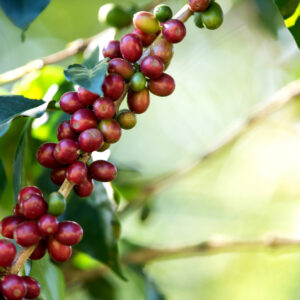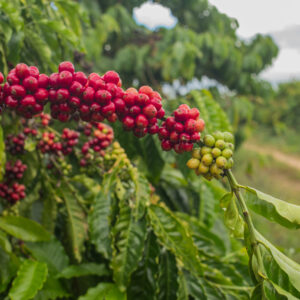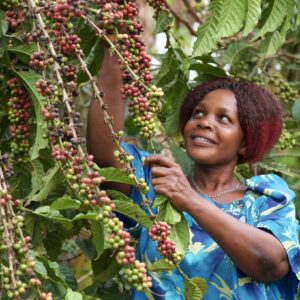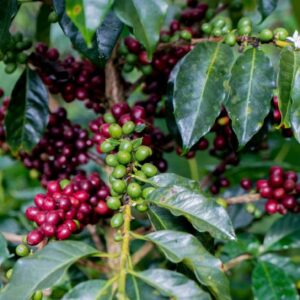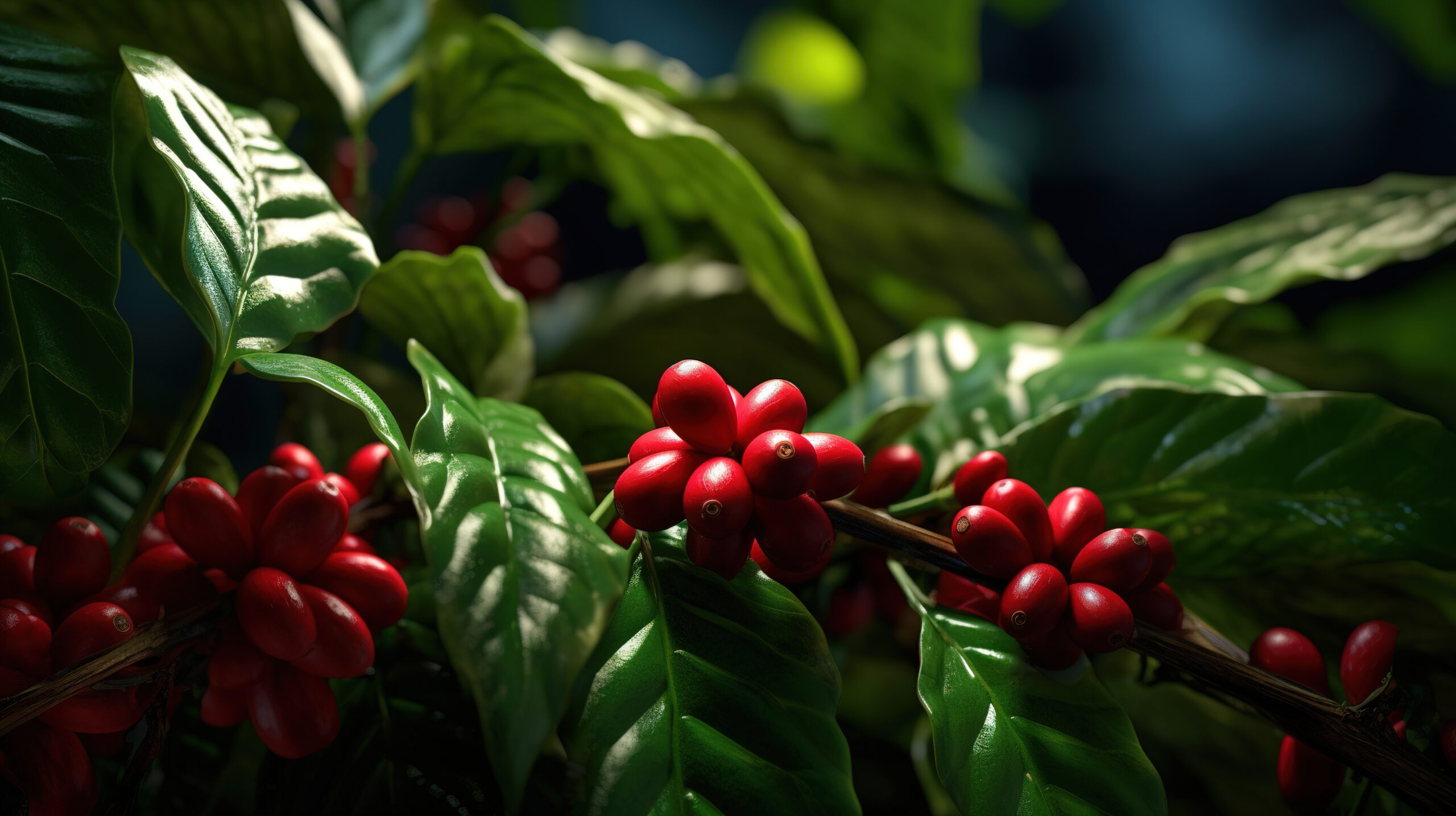
Store

BURUNDI
Coffee production in Burundi has been a roller coaster ride of wild ups and downs: Coffee was a cash crop in a Belgian colony, with exports mostly going back to Europe or supplying Europeans’ coffee needs in other colonies. Under Belgian rule, Burundian farmers were each forced to grow a certain number of coffee trees – with little pay or recognition for their work, of course. After the country gained independence in the 1960s, the coffee sector (among others) was privatized, taking control away from the government except for research or price stabilization and intervention as necessary. Coffee farming became unpopular and fell out of favor; quality declined, and coffee plantations were uprooted or abandoned.
After the 1990s, which resulted in a civil war and the near-total collapse of the country’s economy, coffee slowly emerged as a possible means of rebuilding the agricultural sector and increasing foreign exchange. In the first decade of the 2000s, largely inspired by the success of neighboring Rwanda’s reconstruction through coffee, Burundi’s coffee industry saw a surge in investment, and a somewhat healthy balance of both private and state-run coffee companies and enterprises created greater stability and helped Burundi establish itself as an emerging African coffee-growing country, despite its small size and turbulent history.
Like Rwanda and, to a lesser extent, the Democratic Republic of Congo, Burundi is battling the “potato bug,” a microorganism that gives infected beans a taste and aroma similar to raw potatoes. parchment, green, or roasted coffee. Research efforts to completely eradicate the bug have shown promise, and we look forward to the day when potatoes are a distant memory.
MICROLOTS
Like many of its African neighbors, Burundi produces microlots almost by default: Each farmer owns less than a hectare on average, and the cherries are transported to centralized pulping and washing stations, SOGESTALS (Sociéte de Gestion des Stations de Dépulpage Lavage), and it may take more than the producers can deliver to create a lot.
This purchasing style makes it nearly impossible, if not impossible, to get single-producer, single-farm, or single-varietal lots; instead, coffees are usually sold under the name of the washhouse. (In Kayanza, Cafe Imports’s offerings page lists 21 washhouses, including familiar names: Gackowe, Butezi, Gatare, and Kiryama.)
Depending on the management and leadership at both privately and publicly run stations, attention to detail in processing makes a big difference, with the precise sorting, fermentation and washing required to create quality and uniformity in the coffee. The typical processing method in Burundi is somewhat similar to that in Kenya, with about 12 hours of “dry fermentation” after depulping, followed by 12 to 14 hours of steeping in mountain water. The coffees are floated to be sorted by density, then steeped again for 12 to 18 hours before being dried on parchment in raised beds.
Coffee varieties: Bourbon, Jackson, Mibrizi and SL
Annual yield: 170,000 (170,000 Arabica)
Harvest period: April–July (Main Crop)
